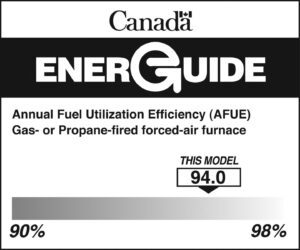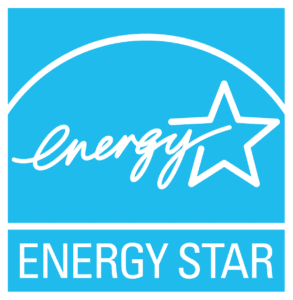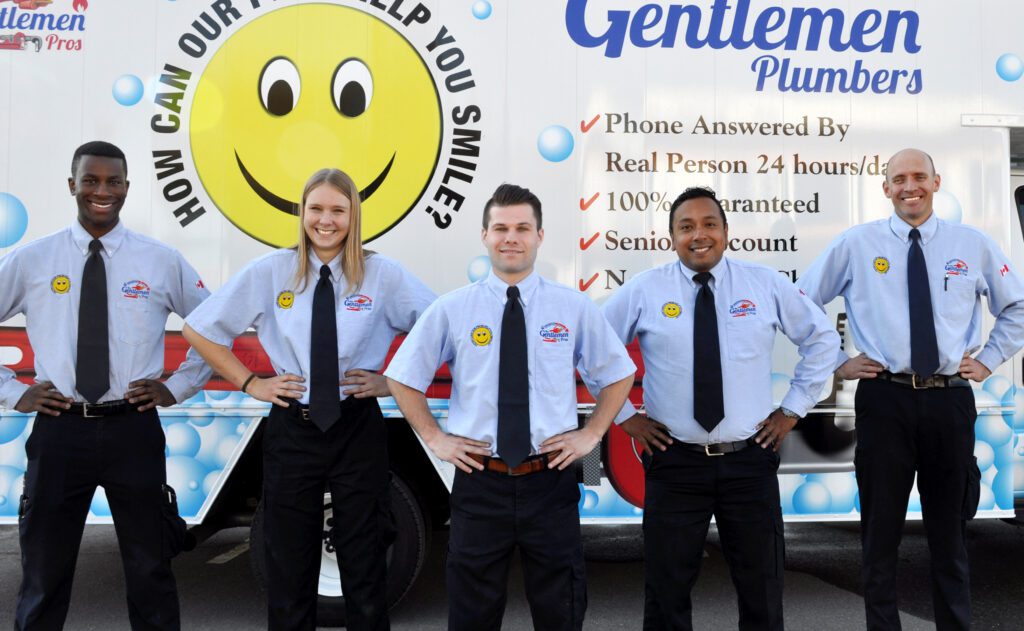Same Day Service
Since 2002

You want to be certain your furnace is an efficient, reliable, and safe product for your family. So does our government. To that end, in Canada, furnaces must meet a multitude of strict standards, codes, and regulations.
These standards, codes, and regulations are set by our:
Canadian standards, codes, and regulations cover everything from how a furnace is constructed (e.g., a furnace’s wall thickness) to the information included in the product manual to the exact french translation for parts of the product manual to the installation process. They are extensive and are designed to ensure the quality and safety of furnaces and their installation for Canadians.
Most of us understand what regulations and building codes are, but what exactly is a standard?
The Standards Council of Canada states “A standard is a document that provides a set of agreed-upon rules, guidelines or characteristics for activities or their results. Standards establish accepted practices, technical requirements, and terminologies for diverse fields. They can be mandatory or voluntary and are distinct from Acts, regulations and codes, although standards can be referenced in those legal instruments.”
The CSA Group states that standards help “to ensure the quality and safety of virtually every service, product, and system we encounter at home, at work and at play.”
The list below illustrates how different levels of government, their different departments, and standard organizations are involved in ensuring you have a safe and efficient furnace:
To prove they meet the standards and regulations, furnaces in Canada must be tested and certified by an accredited and certified third-party testing organization.
In addition, to all the standards, codes, and regulations, Canada has two programs to help you select an energy-efficient furnace.
A furnace’s EnerGuide label tells you about its energy performance and helps you compare it to other furnaces.

EnerGuide is the Government of Canada’s energy performance rating and labeling program for certain consumer products. It is a mandatory program for some products and voluntary for others.
Because EnerGuide is a voluntary program for furnaces, you may not see an EnerGuide label on every furnace you research.
To be able to use an EnerGuide label, a product must be independently tested and verified to meet or exceed the minimum energy efficiency standards in the Energy Efficiency Regulations.
The Government of Canada has standardized all test procedures for each product category to ensure that labelled products are tested using the same criteria ensuring the EnerGuide rating is comparable from label to label within a product category.
A furnace’s EnerGuide label can be found in the product’s literature and sometimes on a sticker or tag attached to the furnace.
You might notice that the furnace you are looking at has two similar labels, a black and white one and a yellow one. That is because both Canada (the black and white label) and the United States (the yellow label) have similar programs; Canada – EnerGuide, United States – EnergyGuide. Both countries use similar methods to rate energy efficiency, but the scales on the labels may differ due to the number and different models available in each country.
The Canadian label includes:

ENERGY STAR is an internationally recognized symbol for energy efficiency, it recognizes products that meet or exceed premium energy-efficiency levels within their category without compromising performance. These products are independently tested and certified to meet the program’s standards.

This program was established by the U.S. Environmental Protection Agency in 1992 and Canada started using the ENERGY STAR label in 2001. In Canada, the Department of Natural Resources (NRCan) administers the program.
Please note each participating country may havehas different energy efficiency standards to qualify for an ENERGY STAR label. For example, a furnace model may receive the ENERGY STAR label in parts of the U.S. but doesn’t in Canada because it doesn’t meet the Canadian requirements.
To apply for and receive an ENERGY STAR label, furnaces must meet strict standards and be tested. They must be tested and certified by an independent third party recognized by the ENERGY STAR program to prove they have met the standards.
To receive the ENERGY STAR label in Canada, a furnace must meet stringent requirements. The following are a few of the requirements:
EnerGuide easily displays the information you need to compare furnace models and ENERGY STAR tells you which models are the most energy-efficient. Using the two programs together will help you get the most energy-efficient furnace model for your budget.
Now let’s learn all about the different types of furnaces, their features, and how furnaces work.
